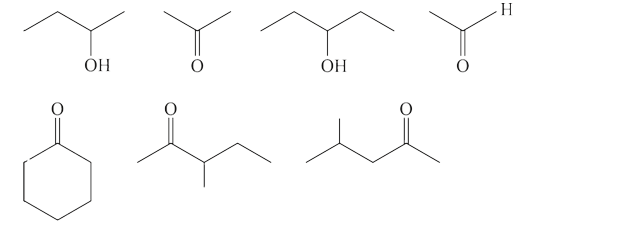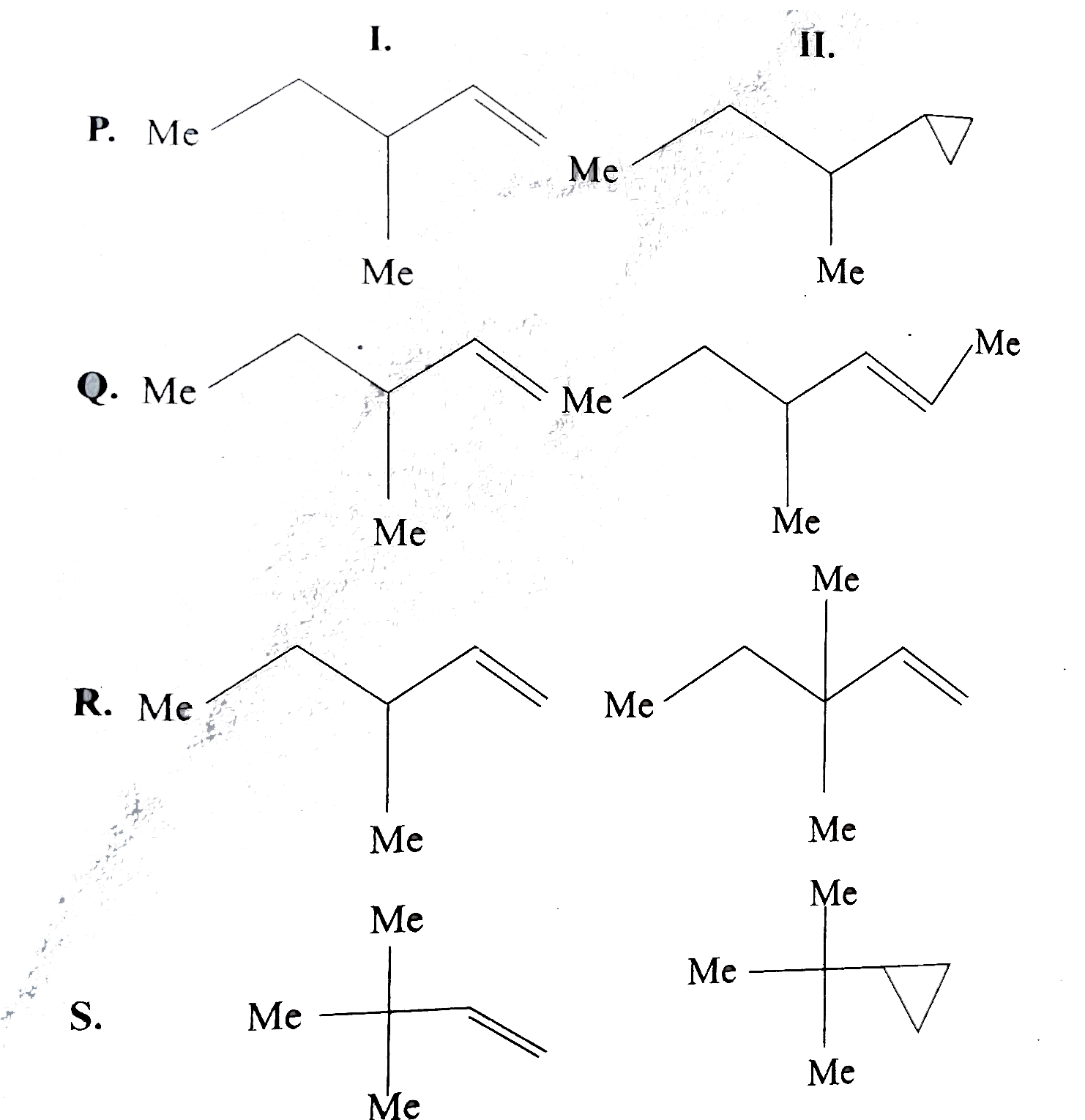An optically active compound
rotates the plane of polarised light
changes the direction of polarised light
does not allow plane polarised light to pass through
none of these.
The correct Answer is:A
To determine the characteristics of an optically active compound, we can analyze the options provided in the question step by step.
1. Understanding Optically Active Compounds:
- An optically active compound is one that can rotate the plane of polarized light. This property is due to the presence of chiral centers in the molecule.
2. Evaluating the Options:
- Option 1: Rotates the plane of polarized light:
- This statement is true. Optically active compounds can indeed rotate the plane of polarized light, which is a defining characteristic.
- Option 2: Changes the direction of polarized light:
- This statement is false. While optically active compounds can rotate the plane of polarized light, they do not change its direction in the sense of altering the path of the light.
- Option 3: Does not allow plane polarized light to pass through:
- This statement is also false. Optically active compounds allow plane polarized light to pass through; they only affect its polarization state.
- Option 4: None of these:
- Since we have already established that the first option is correct, this option is also false.
3. Conclusion:
- The only correct statement regarding optically active compounds is that they rotate the plane of polarized light.
Final Answer:
The correct option is: Rotates the plane of polarized light.
---
- An optically active compound is one that can rotate the plane of polarized light. This property is due to the presence of chiral centers in the molecule.
- Option 1: Rotates the plane of polarized light:
- This statement is true. Optically active compounds can indeed rotate the plane of polarized light, which is a defining characteristic.
- Option 2: Changes the direction of polarized light:
- This statement is false. While optically active compounds can rotate the plane of polarized light, they do not change its direction in the sense of altering the path of the light.
- Option 3: Does not allow plane polarized light to pass through:
- This statement is also false. Optically active compounds allow plane polarized light to pass through; they only affect its polarization state.
- Option 4: None of these:
- Since we have already established that the first option is correct, this option is also false.
- The only correct statement regarding optically active compounds is that they rotate the plane of polarized light.
The correct option is: Rotates the plane of polarized light.
Topper's Solved these Questions
- BOOK - NCERT FINGERTPS ENGLISHCHAPTER - WAVE OPTICSEXERCISE - HIGHER ORDER THINKING SKILLS8videos
WAVE OPTICS
- BOOK - NCERT FINGERTPS ENGLISHCHAPTER - WAVE OPTICSEXERCISE - NCERT EXEMPLAR PROBLEMS5videos
WAVE OPTICS
- BOOK - NCERT FINGERTPS ENGLISHCHAPTER - SEMICONDUCTOR ELECTRONICS : MATERIALS , DEVICES AND SIMPLE CIRCUITS EXERCISE - Assertion And Reason15videos
SEMICONDUCTOR ELECTRONICS : MATERIALS , DEVICES AND SIMPLE CIRCUITS
Similar Questions
Write the name and structrue of the following optically active compounds with lowest moleuclar weight.
i. alkane ii. Alkene
iii. Alkyne iv. unsaturated hydrocabon
v. alkyl halide vi. Alcohol
vii. Acid viii. Amine.View SolutionAn optically activ compound (A) has the molecular formula C6H10. The compound gives a ppt. When treated with Ag(NH3)2OH. On catalytic hydrogenation, A yields B(C6H14) which is only optically inactive identify the total number of αH in product formed by treatment of A with O3/H2O2 then LAH and then H⊕/Δ
View Solution
Knowledge Check
- Question 1 - Select One
If (±) 2-methyl butanoic acid were esterified by reaction with (±) 2-butanol, how many optically active compounds would be present in the final equilibrium reaction mixture?
A2B3C4D6
Identify the optically active compounds from the following
View SolutionEnantiomers may possess different rates of reactions with other optically active compounds.
View SolutionNumber of optically active compounds out of following that can give Haloform reactions.
 View Solution
View SolutionThe number of optically active compounds in the isomers of C4H9Br is
View SolutionWhich optically active compound on reduction with LiAlH4 will give optically inactive compound?
View SolutionThe stereochemical formula of diastereomer 'Y' of optically active compound 'X' is,
( If X=2,3− Dihydroxybutanedioic acid. ).View SolutionCarbene intermediates are produced by the photolysis of diazomethane (CH2N2) or kenene (CH2=C=O). They are also produced by the reaction of CHX3 with base or by Simmons-Smith reaction. There are two types of carbenes, singlet and triplet. They are so called due to their spin state.
An optically active alkene (I) with lowest molecular mass on hydrogenation gives optically inactive alkene, but on insertion of methylene carbene (:CH2) in (I), it gives optically active compound (II). The compounds (I) and (II) are :
 .View Solution
.View Solution

